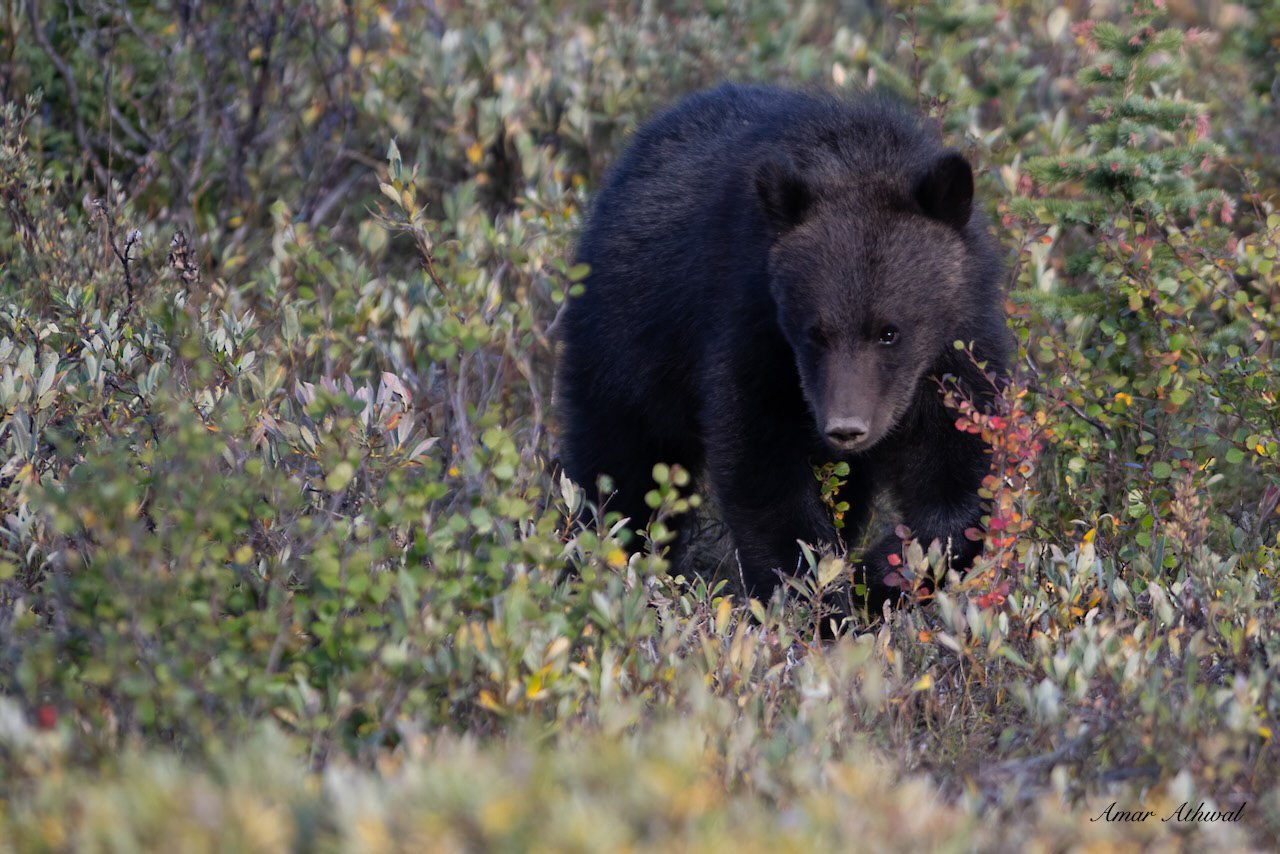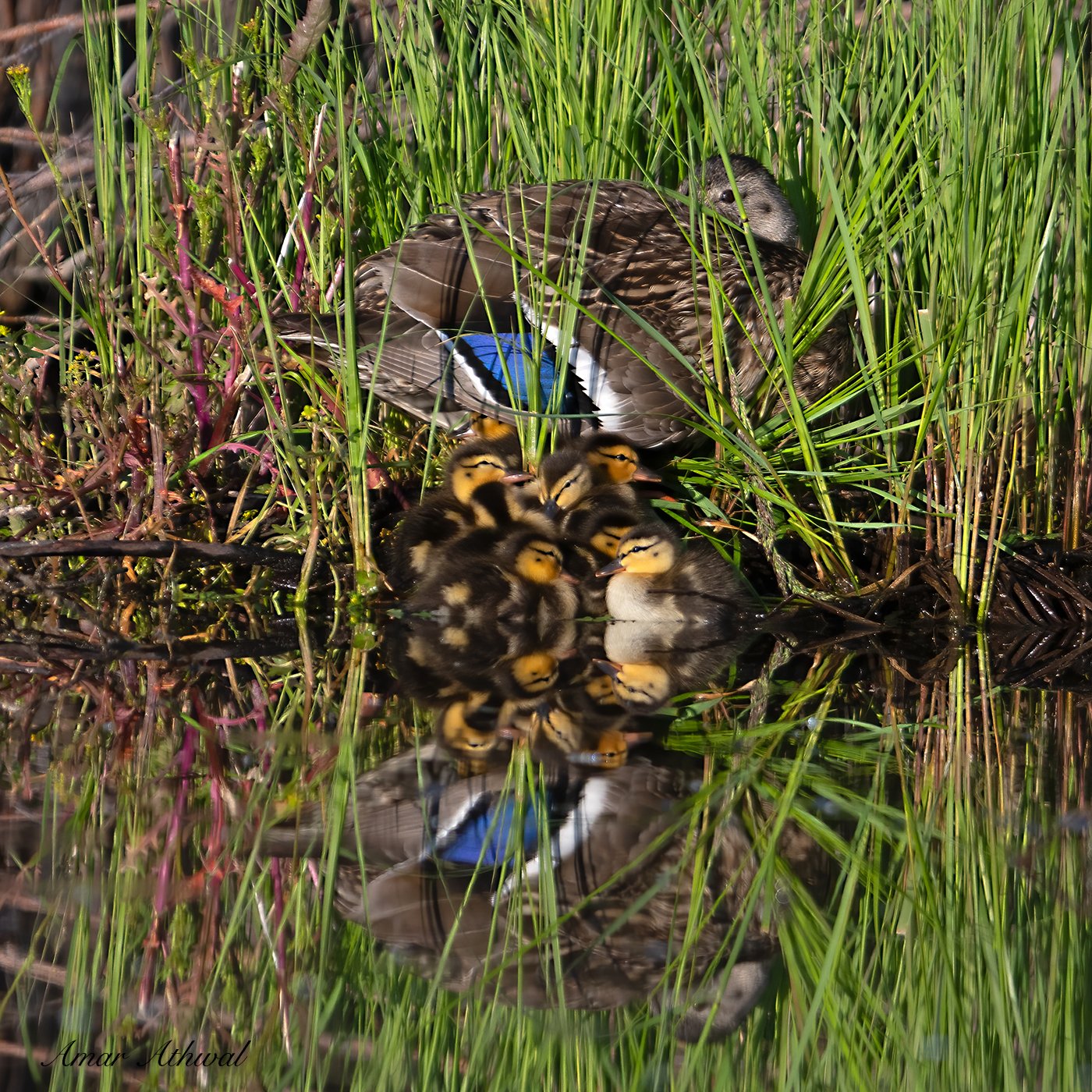One thing about hiking, scrambling, or climbing is that you need to make sure you not only reach your destination safely but also come back safely as well. Sometimes that means turning back before reaching your goal. This was on my mind when my original hiking plans changed a couple of weeks ago. I had instead decided to head up to the Big Beehive above Lake Louise. It had snowed the day before, and I would be encountering snow and ice on the trails as I got higher. The lake’s elevation is 1,731 meters, and the Big Beehive viewpoint is 2,164 meters. There were low clouds covering the valley, and my hope was to be above them to enjoy the views. But the first goal was to reach Lake Agnes for the sunrise and then deal with the possible tricky and exposed switchbacks back of the lake to the Big Beehive in the morning light. Two-thirds of the way up, I started encountering snow and some ice on the trail. The ice was thin and broke up as I stepped on it. I reached Agnes easily in time to set up for the sunrise. I was in the upper part of the low clouds, it cleared up enough to see the peaks in the back and the setting moon was as well. I started chatting with two friends who were visiting from Oregon as the clouds rolled back in. They were visiting the Rockies for a few days.
We talked about the local area and Banff NP before I packed up and said goodbye. I headed for the back of the lake to see if I was going to make it to the Big Beehive viewpoint. Before I even got to the switchbacks, there was more snow on the trail and thicker ice. That area does not get too much direct sunlight at this time of the year. The switchbacks were good for ascending but looked risky for the return trip. I started going up, deciding I would go down on the least used, longer, and safer trail located on the south side. As hoped, the viewpoint was above the clouds and the views were great. I stuck around there for half an hour or more, enjoying the sights, taking pictures, and having a snack while preventing two Clark’s Nutcrackers from taking my food from my hands. Much of the ground and the trees were covered with snow, it was a winter wonderland at the top, with larches showing their fall colours under the snow. As expected, no problems while coming down. As well, part way down, I was also able to get a nice black and white picture of the peaks on the other side of Lake Louise. Perhaps something to share in the future. While walking along the shores of Lake Louise, I was thinking about doing another short hike in the area. But after seeing the day before "Christmas shopping" like crowd, I decided I would spend my energy somewhere else.



















